Lambchop rasbora - Trigonostigma espei
Scientific name: Trigonostigma espei
Common name: Lambchop rasbora
Family: Cyprinidae
Usual size in fish tanks: 4 - 5 cm (1.57 - 1.97 inch)
014
Recommended pH range: 6 - 7
Recommended water hardness: 2 - 10°N (35.71 - 178.57ppm)
0°C 32°F30°C 86°F
Recommended temperature range: 22 - 26 °C (71.6 - 78.8°F)
The way how these fish reproduce: Spawning
Where the species comes from: South Asia
Temperament to its own species: peaceful
Temperament toward other fish species: peaceful
Usual place in the tank: Middle levels
Origin
The Lambchop Rasbora, scientifically known as Trigonostigma espei, originates from Southeast Asia, primarily found in the slow-moving waters of Thailand. Their natural habitat consists of shaded, densely vegetated areas with soft, acidic water. These environments are often rich in organic material, which gives the water a characteristic brownish tint. When keeping them in an aquarium, replicating these conditions helps reduce stress and encourages their natural behaviors.
Appearance
Lambchop Rasboras are small, delicate fish that grow to an average size of 4-5 cm (1.57-1.97 inches) in captivity. They have a distinctive lambchop-shaped black marking along their sides, which gives them their common name. Their overall body color is a vibrant orange-red, which becomes more intense during breeding seasons, particularly in males. This vibrant coloration, combined with their peaceful demeanor, makes them a popular choice for community aquariums.
Feeding and Diet
Lambchop Rasboras are not picky eaters and will readily accept a variety of foods. A high-quality flake or micro pellet should form the staple of their diet, ensuring they receive the necessary nutrients. For optimal health, supplement their diet with meaty foods such as live or frozen brine shrimp, daphnia, and white worms. These protein-rich foods not only enhance their coloration but also promote breeding behavior.
Feeding small portions multiple times a day is preferable, as it prevents overfeeding and helps maintain water quality. Their small mouths mean they can only handle tiny food particles, so make sure to crush any larger foods before offering them. Occasional treats of finely chopped vegetables like blanched spinach or zucchini can also be provided to add variety to their diet.
Tank Setup and Environment
Lambchop Rasboras are active, schooling fish that thrive in a well-planted aquarium. A tank of at least 40 liters (10 gallons) is recommended for a small group, with more space required if keeping them in a larger community setup. As middle-level swimmers, they appreciate open swimming areas but also need plenty of hiding spots created by plants, driftwood, or rock structures.
To mimic their natural habitat, use a soft, dark substrate and include live plants such as Java Fern, Anubias, and floating plants to provide shaded areas. These fish are sensitive to bright lighting, so using subdued lighting or floating plants to diffuse the light is advisable. The use of tannin-rich materials like driftwood and Indian Almond leaves can help replicate their native environment and slightly lower the pH.
Maintaining high water quality is crucial for Lambchop Rasboras. Install a gentle filtration system to provide adequate water circulation without creating strong currents, as they prefer calm waters. Regular partial water changes (about 25% weekly) are recommended to keep the water clean and stable.
Water Parameters
Lambchop Rasboras thrive in soft, slightly acidic water, with a pH range between 6 and 7.0. The ideal water hardness (dGH) should be maintained between 2-10°N (35.71-178.57 ppm), providing a soft to moderately hard environment. The recommended water temperature is 22-26°C (71.6-78.8°F), which closely resembles the warm waters of their natural habitat.
To maintain these parameters, use a pH test kit at least once a week to monitor the water's acidity. Additionally, check the carbonate hardness (KH) and total hardness (GH) weekly to ensure stability. Proper aeration and regular water changes help keep the water conditions suitable for the Lambchop Rasboras, reducing stress and preventing health issues.
Behavior and Compatibility
Lambchop Rasboras are peaceful, schooling fish that do best when kept in groups of at least 6 individuals. In a group, they exhibit natural schooling behavior, swimming gracefully through the middle levels of the aquarium. They are generally shy and may become stressed or timid if kept alone or in small numbers, so maintaining a proper group size is essential.
These rasboras are ideal tank mates for other small, peaceful fish such as neon tetras, dwarf gouramis, and Corydoras catfish. Avoid housing them with larger or aggressive species that may outcompete them for food or view them as prey. Providing plenty of plants and hiding spots helps them feel secure and encourages their natural, vibrant coloring.
Sexing
Sexing Lambchop Rasboras can be somewhat challenging, especially when they are young. However, as they mature, males tend to display brighter coloration, especially during breeding periods. Females are generally rounder and fuller-bodied, particularly when they are carrying eggs.
Breeding
Breeding Lambchop Rasboras in captivity can be difficult, as they require specific water conditions to spawn successfully. They prefer soft, acidic water, and the tank should be dimly lit with broad-leaved plants such as Java Fern or Anubias, where they can lay their eggs. To encourage breeding, perform regular water changes and slightly lower the water level to mimic their natural spawning season.
The female will scatter eggs on the plant leaves, and the male fertilizes them. The eggs usually hatch within 24-36 hours. After spawning, it is crucial to remove the adult fish to prevent them from eating the eggs. The fry are extremely small and initially require tiny foods like infusoria or vinegar eels. As they grow, they can gradually be introduced to larger foods such as baby brine shrimp.
Lifespan
The expected lifespan of the Lambchop Rasbora (Trigonostigma espei) is 3-5 years in captivity. Providing optimal water conditions, a varied diet, and a stress-free environment are key to ensuring they live a full, healthy life.
Short Description
The Lambchop Rasbora is a small, peaceful, and active fish that adds a splash of color to any community aquarium. Best kept in groups, they thrive in well-planted tanks with plenty of hiding spots and open swimming areas. Their dietary needs are simple, and they accept a variety of foods, making them easy to care for. However, they do require stable water conditions and a calm environment to display their best colors and natural behaviors.
Picture
Bought by aqua-fish.net from jjphoto.dk.
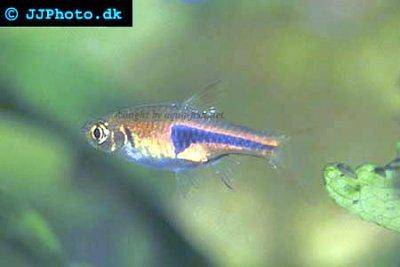

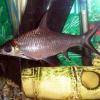 Bala
Bala 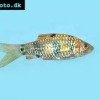 Spotted
Spotted 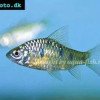 Golden
Golden 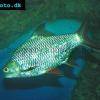 Tinfoil
Tinfoil  Congo
Congo 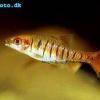 Blue-barred
Blue-barred 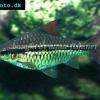 African
African  Butterfly
Butterfly 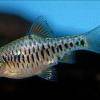 Olivegreen
Olivegreen 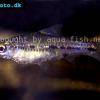 Morse
Morse 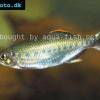 Jerdon’s
Jerdon’s 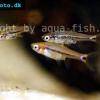 Mosquito
Mosquito 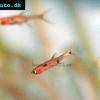 Dwarf
Dwarf 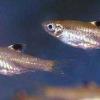 Eyespot
Eyespot 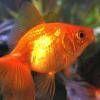 Goldfish
Goldfish  Penguin
Penguin 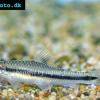 Siamese
Siamese  Koi
Koi 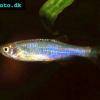 Pearl
Pearl 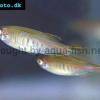 Glowlight
Glowlight 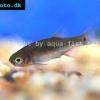 Crossbanded
Crossbanded  Yoma
Yoma 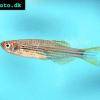 Orange
Orange 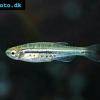 Dwarf
Dwarf 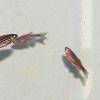 Zebra
Zebra 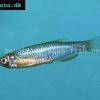 Rose
Rose 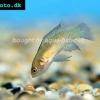 Red
Red 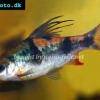 Arulius
Arulius 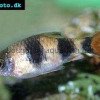 Tambraparni
Tambraparni 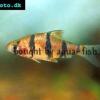 Fiveband
Fiveband 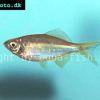 Bengal
Bengal 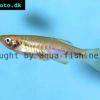 Tiger
Tiger 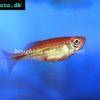 Malabar
Malabar 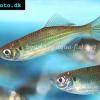 Queen
Queen 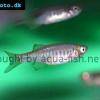 Hora
Hora 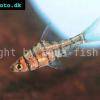 False
False 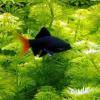 Redtail
Redtail 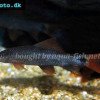 Rainbow
Rainbow 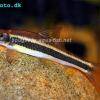 Flying
Flying 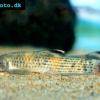 Garra
Garra 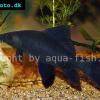 Black
Black 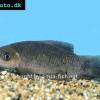 Purple
Purple 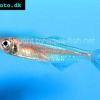 Burmese
Burmese 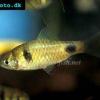 Dwarf
Dwarf  Isok
Isok 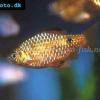 Rosy
Rosy 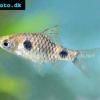 Two
Two 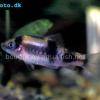 Melon
Melon 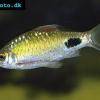 Black-spot
Black-spot 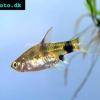 Golden
Golden 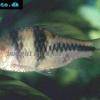 T-Barb
T-Barb 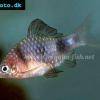 Ruby
Ruby 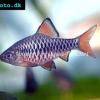 Checkered
Checkered  Rhomb
Rhomb 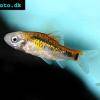 Gold
Gold 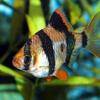 Tiger
Tiger 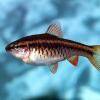 Cherry
Cherry 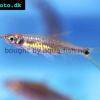 Brittan’s
Brittan’s 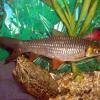 Greater
Greater 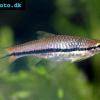 Long-band
Long-band 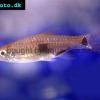 Twospot
Twospot 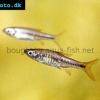 Reticulate
Reticulate 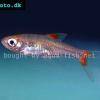 Cherry
Cherry 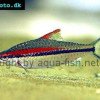 Denison
Denison 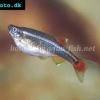 White
White 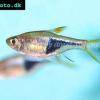 Harlequin
Harlequin